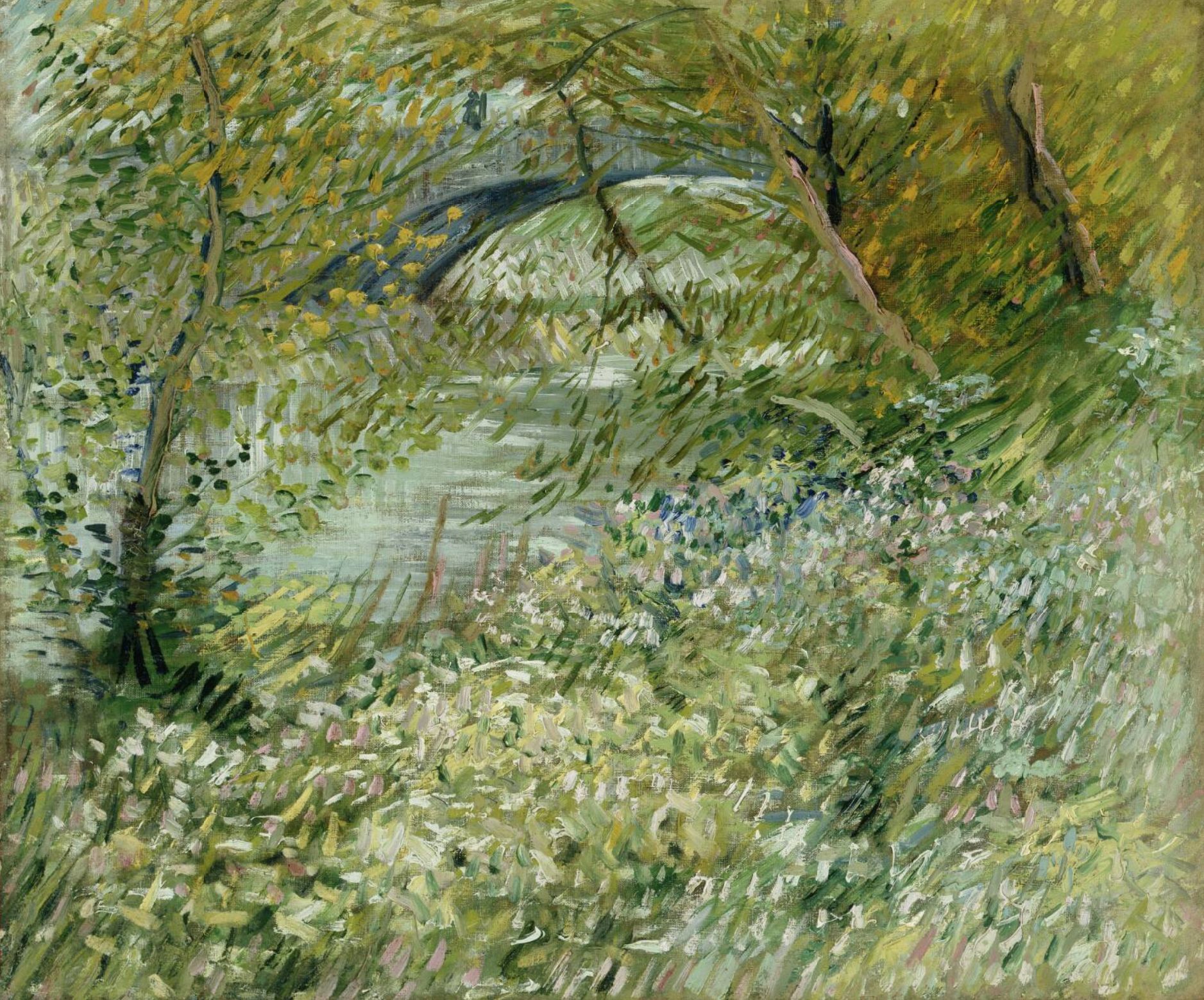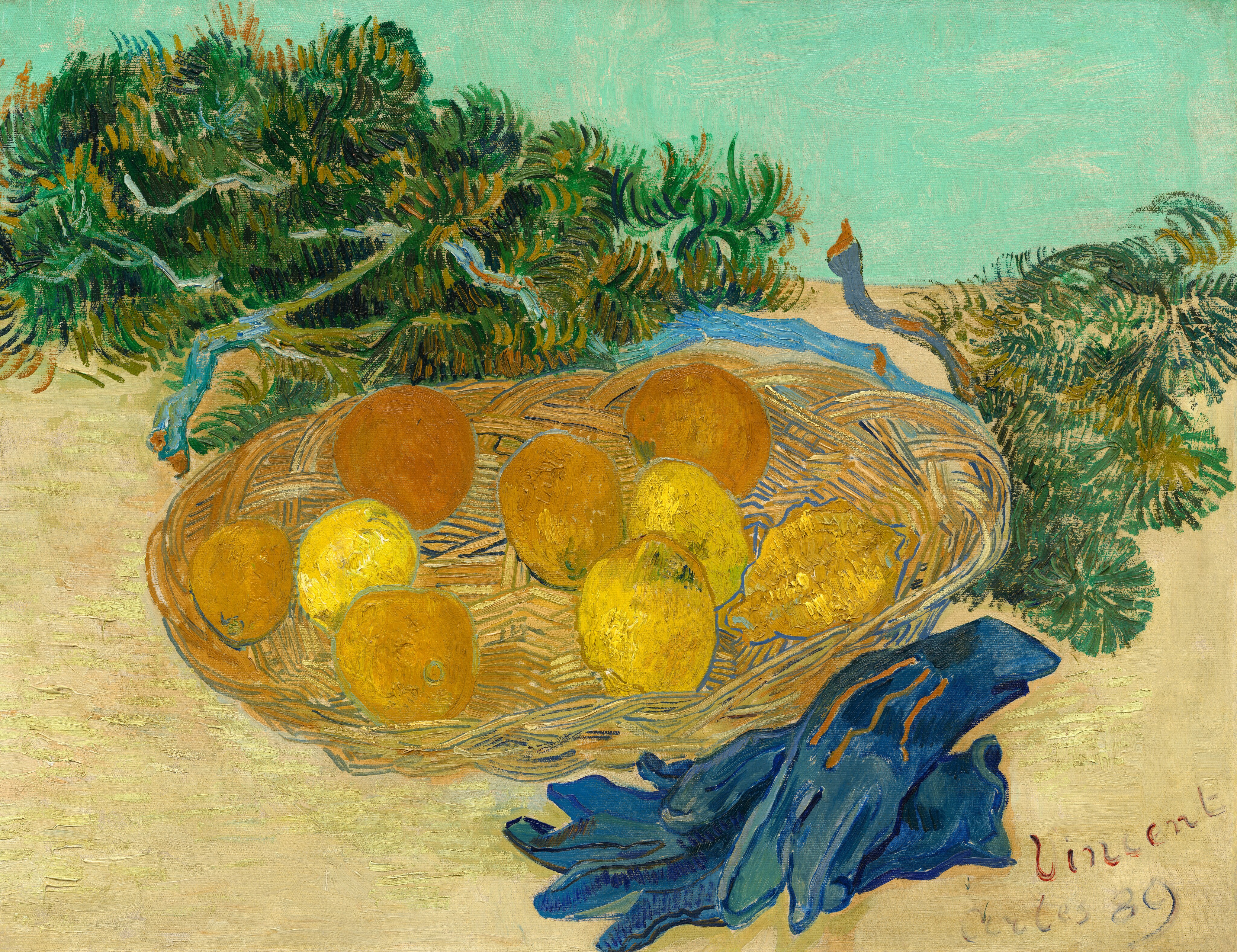Van Gogh was fascinated with the labour and life of peasants, as expressed in art and literature.
In his paintings and drawings, he prominently featured working men and women.
He believed that to truly capture ‘the heart of the people’, an artist must immerse himself in their world.
He saw labourers as simple, kind-hearted and courageous people, often holding them in higher regard than those he termed "civilized".
Vincent van Gogh | Two peasant women digging in field with snow, 1890 | Kunsthaus Zürich








































